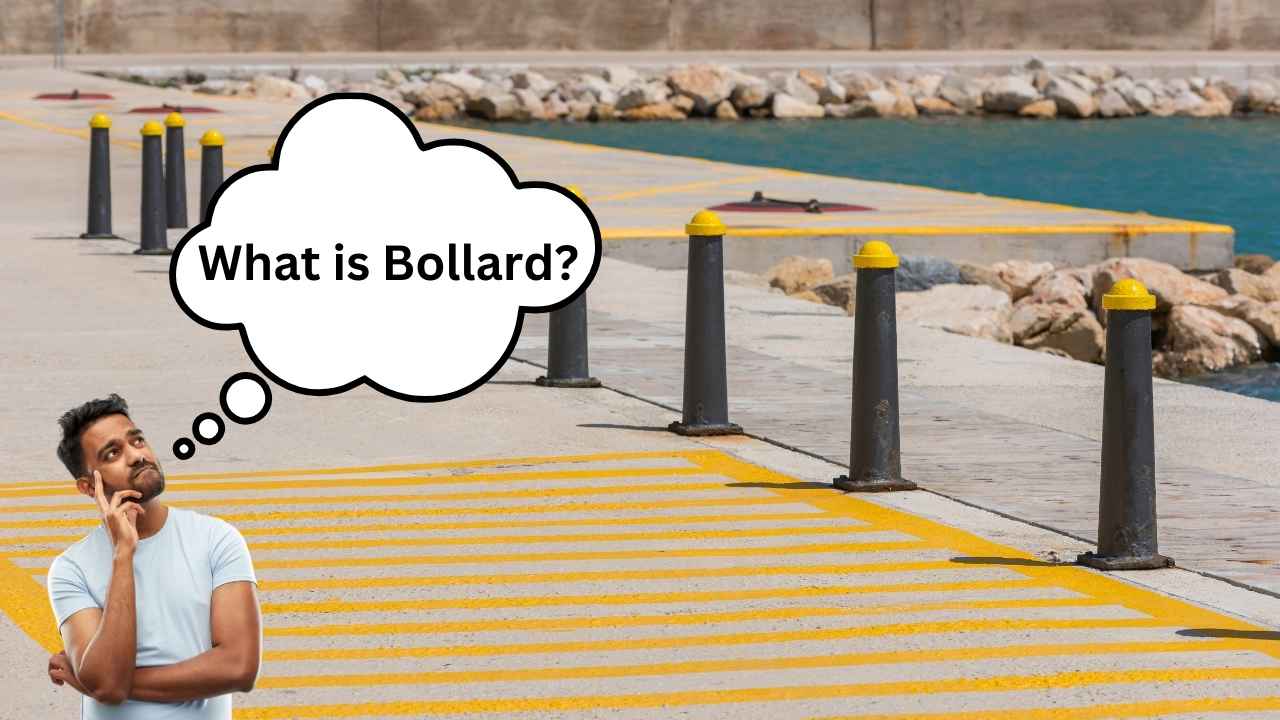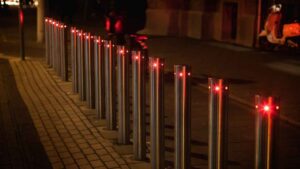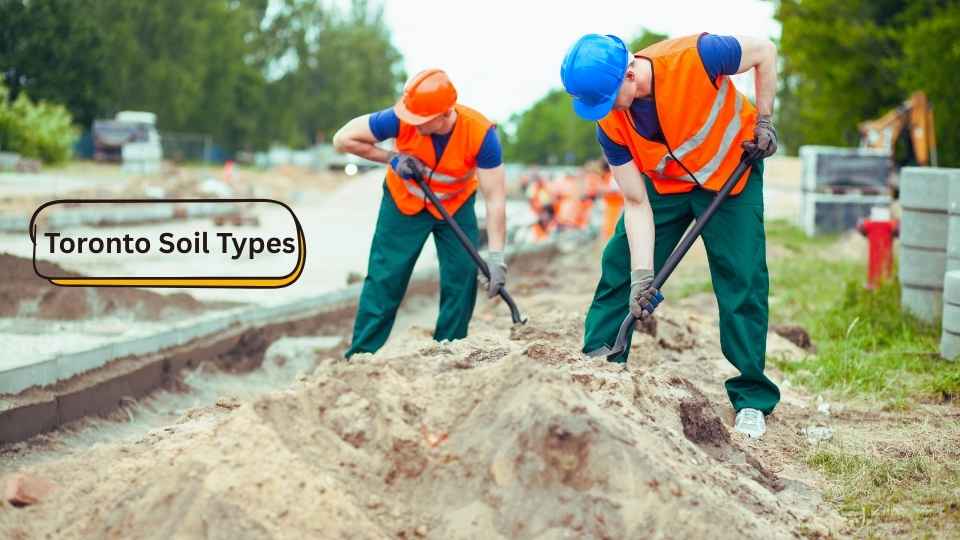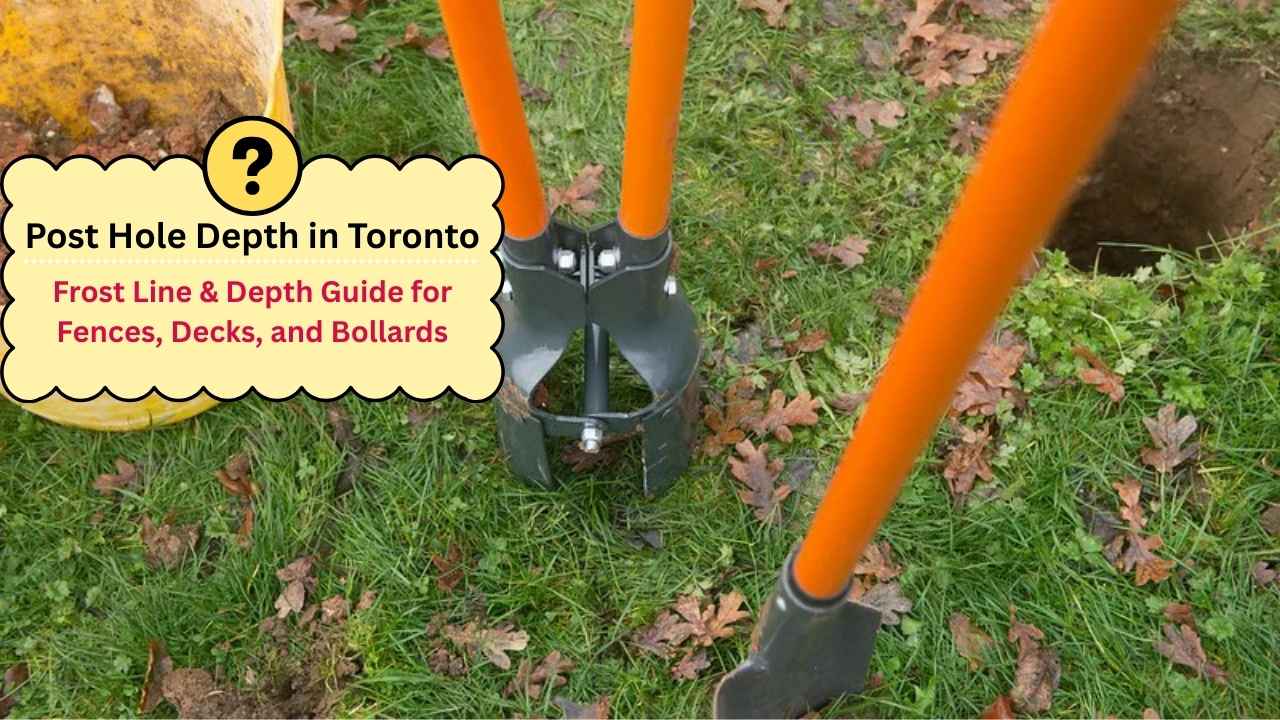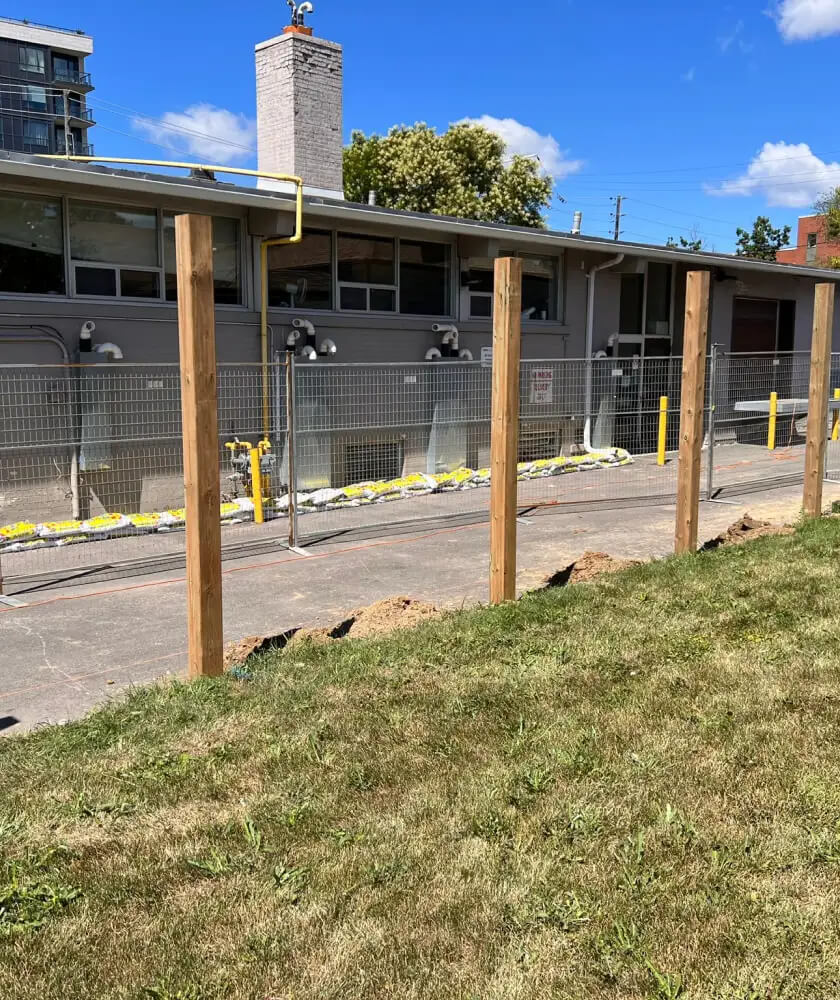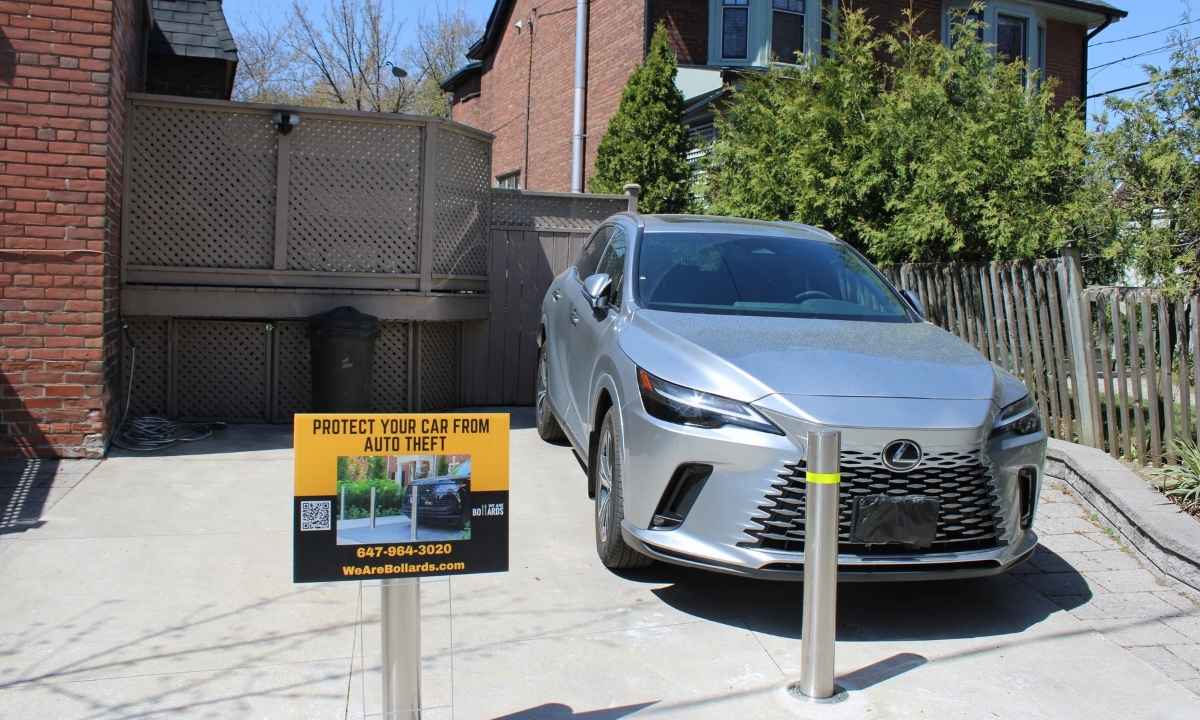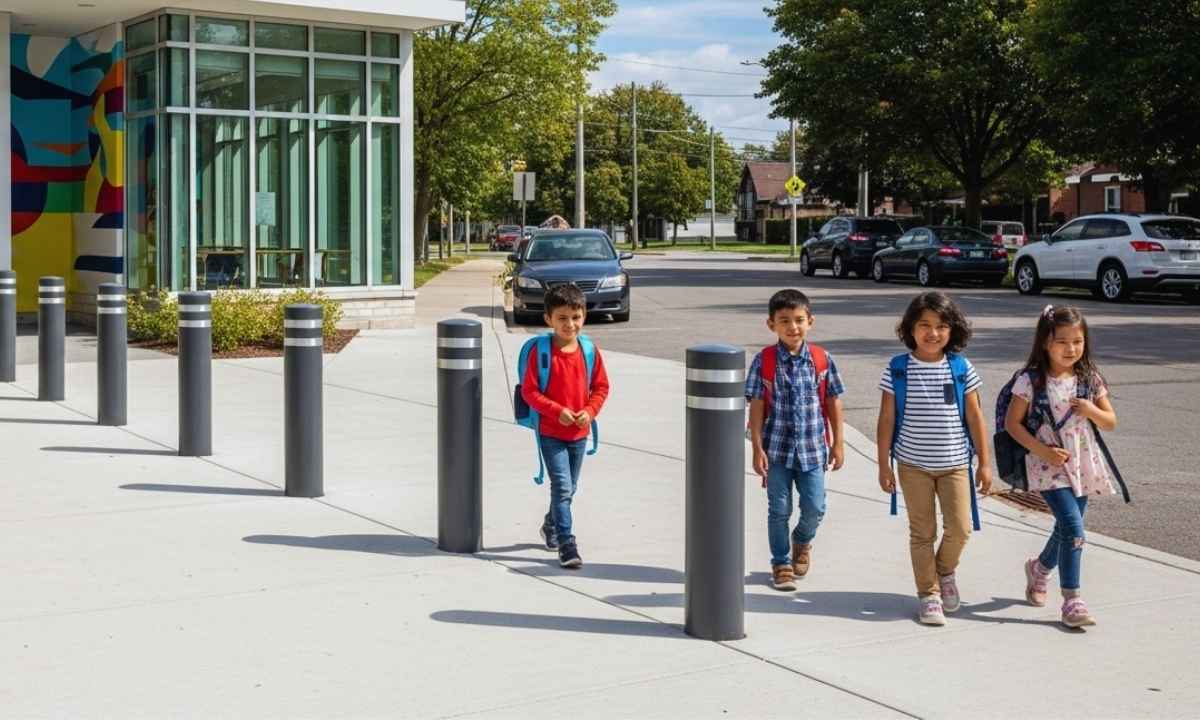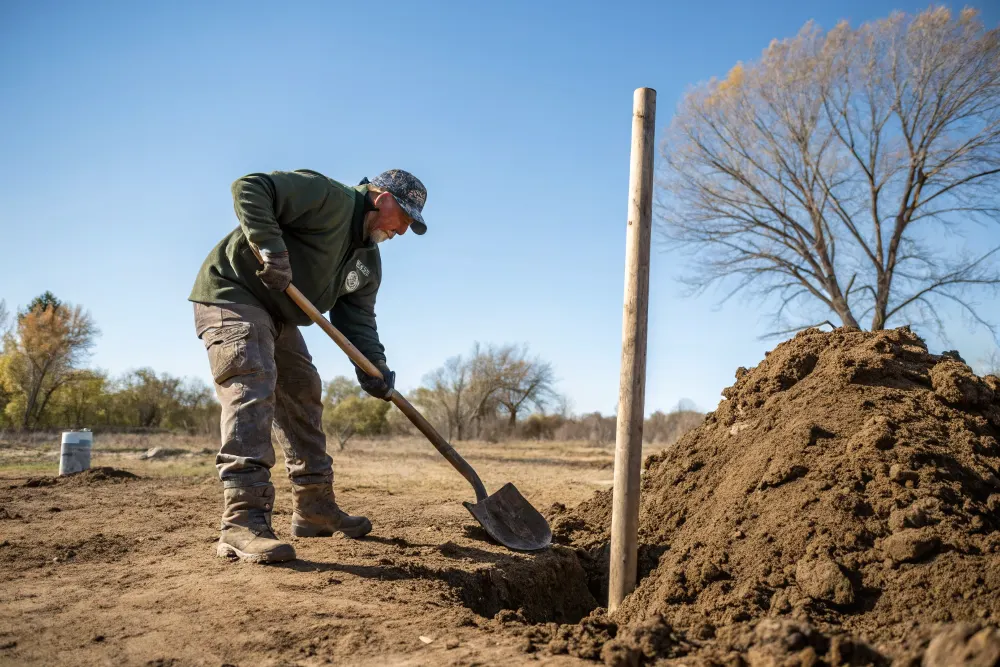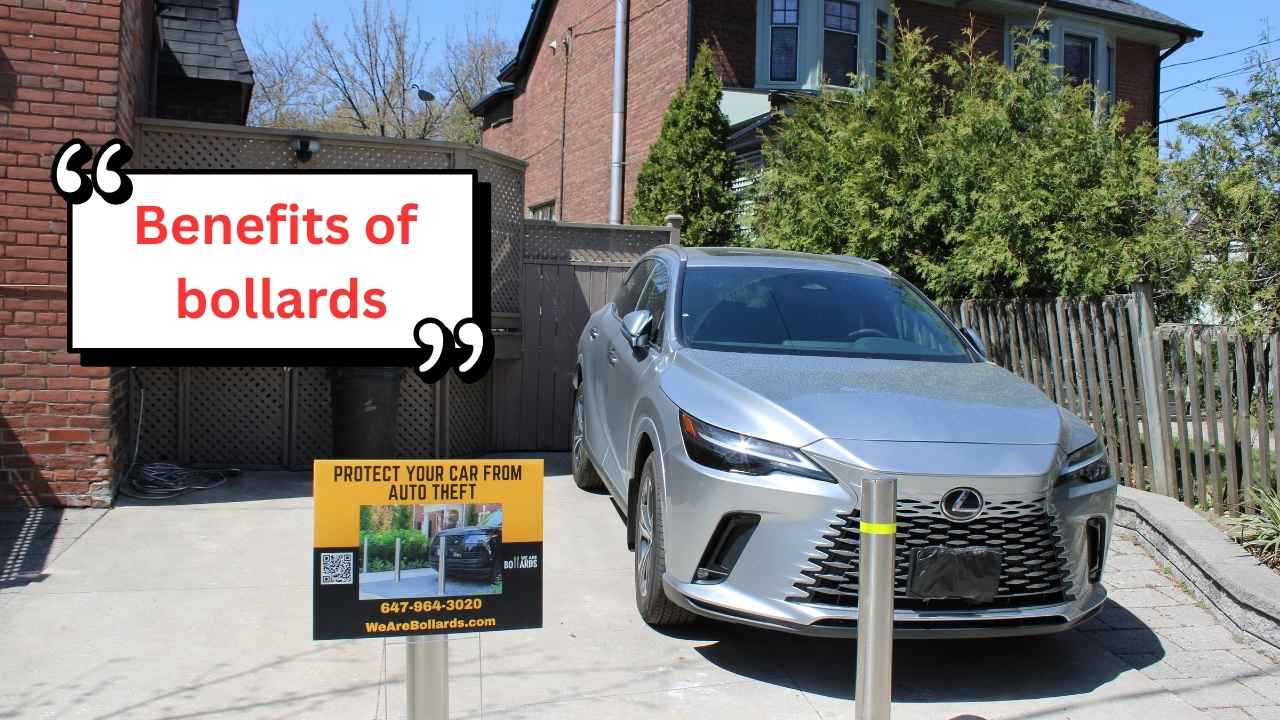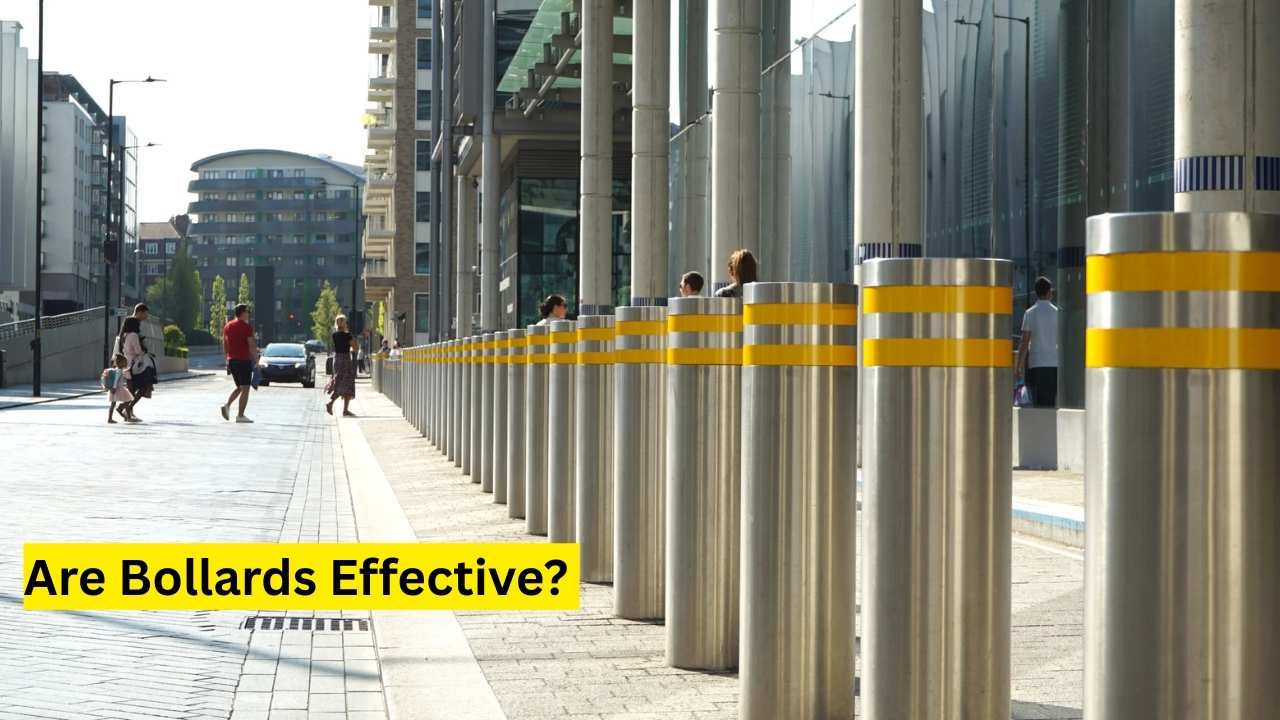Did you know that a report from 2023 says that bollards are behind a remarkable 30% reduction in vehicle-pedestrian accidents in high-traffic areas? Bollards might look simple, but they’re an essential part of urban safety. In crowded city zones or crowded plazas, bollards are critical for shielding pedestrians from accidental or intentional damages. So, what is a bollard, and why do urban planners prioritize them? Let’s look into the impact of these bollards in keeping your cars and spaces secure.
What is Bollard?
Bollard stands as a tall and strong post that is used for the purpose of making the area safe, controlling traffic and preventing it from damaging different assets. Constructed from materials like steel or concrete these bars keep unauthorized access by vehicle and protect the pedestrians. Bollards play critical roles in urban environments; guarding retail fronts, assisting in vehicle navigation, and helping avoid crashes.
Aside from traffic regulation, bollards also prevent theft as well as ram-raiding efforts because it establish an obstacle against autos employed in burglaries. Today, they are deployed in secure and business areas to enhance the protection of persons and possessions. Combining functionality with design, the bollards are inalienable parts of creating secure and orderly spaces.
Primary Function
- Safety and Security: Disability to unauthorized vehicles to avoid people being knocked down by cars in areas of concentration.
- Traffic Management: Control vehicles and people’s movement to ensure that traffic is well-ordered and optimal in the city centers.
- Theft Prevention: Used as walls for preventing ram raids or car break-ins while securing stores and business establishments.
- Property Protection: Protect people from harm and property and land from moderate impacts that can be incurred by either vehicle or pedestrian accidents.
- Aesthetic Integration: Function as a barrier while supporting modern architectural designs of the urban setting.
- Crash Protection: Soften vehicle forces thereby decreasing threat level to both pedestrians and infrastructures in high-risk areas.
Types of Bollards
- Fixed Bollards: They are fixed installations utilized where high security or safety concerns are required in the longer term. Constructed from materials like steel or concrete they are suitable for areas where they need to be able to provide a consistent level of protection such as shops or government installations.
- Removable Bollards: They can be installed for customization since they can be easily withdrawn to allow entry of vehicles occasionally. It is common to find them installed in event areas or zones with conditional or different accessibility levels.
- Retractable Bollards: It is worth pointing out that these contemporary bollards can be either fixed in their position or have the ability to rotate up and down, usually by hydraulic or manual operation. Predominantly installed at strategic security points, they regulate entry while having a low profile neat design.
- Flexible Bollards: Intended to offer some resistance while offering to bend on contact, these bollards come useful in directing traffic without causing harm when used in parking lots or areas with little traffic.
- Lighted Bollards: These are the ones with integrated lights tightening visibility particularly at night, common in areas such as walkways and gardens.
- Decorative Bollards: Offer form and function because, in addition to their appearance, they are engineered to blend into the architectural environment and provide shelter.
These bollards cater to various needs, from safety to accessibility and design. To get a comprehensive overview and discover the perfect solution for your requirements, visit our detailed guide on Bollards.
Cost of Installing Bollards
When planning bollard installation, costs can vary based on material, type, and installation complexity. For a detailed breakdown of bollard installation costs, where we explore factors that influence pricing and offer insights for budgeting.
Bollard Installation Requirements
- Depth and Foundation: Based on the aim of a bollard, they have to be fixed on a base that allows for the extent of functions required. The installation depth of fixed bollards is typically from 600mm to 1200mm, depending of course on the specific bollard type as well as on the soil characteristics.
- Material Consideration: Select the best material to use for the installation site depending on areas of security concern, traffic flow and a round climate.
- Spacing: Sequential installation refers to the distance between each component and all components require an appropriate space for functionality and alignment. Distance of 3 to 5 meters may be provided between two bollards in the zones where pedestrians move while distance in other areas may differ.
- Regulatory Compliance: Check local safety codes and ordinances for example, Americans with Disabilities Act (ADA) and the load bearing issue.
- Installation Method: The mounting type is also extendible (bolt-down or in-ground) depending on the bollard type and volume of traffic in the area.
Materials Used in Bollards
- Steel: Perhaps the most widespread, steel bollards are distinguished by their high resilience to different sorts of loads and impacts, as well as their relatively low cost. They are recommended for regions that would need to endure heavy use; that may include some metropolitan regions, business places, and government buildings. For example, the steel bollards may further be galvanized or powder-coated if greater protection against rust and or general better appearance is required.
- Concrete: These bollards afford good protection and usually are set in one place only. Security bollards are erect and force proof in addition to being rust resistant that necessitates their use in public areas such as parks, sidewalks, or plazas for longevity.
- High-Impact Plastics: Relatively smaller as well as cheaper than their heavier counterparts, these bollard terminals are generally installed where security is not a major concern. Due to the flexibility of the system, they are well suited for a short term application like temporarily controlling the flow of traffic or simply as wayfinding tools.
- Aluminum: Generally lightweight but strong, aluminum bollards are anti-corrosive and are typically used in non-security related aesthetic zones.
- Stone or Marble: Often selected based on the appearance, these bollards complement and become part of architectural concepts without providing more than average protection. It is worth knowing that the buildings are normally located in historical or important public places for example other special areas.
- Wood: Being principally ornamental, wooden bollards are ideal where the environment is more country or park like, for example, in pathways.
- Polyurethane: This material is highly elastic and resistant to impacts, it is mainly used in flexible bollards that control traffic and simultaneously are able to dissipate energy upon contact.
Functions and Benefits of Bollards
- Safety and Security: The importance of bollards is in the fact that they shield people from traffic since it is not always feasible to get cars off the sidewalks or out of certain zones. They also protect against intentional car encroachment like ramming attacks in sensitive areas including commercial business centers, airports, plazas and administrative buildings.
- Traffic Management: These barriers help cars and people to move in an organized manner within parking lots and traffic systems, city streets, or events. Bollards protect vehicles from drifting into pedestrian areas which help decrease the number of accidents that can happen on the roads.
- Property Protection: It is to prevent or protect buildings, stores, and other public property structures from the more serious effects of impact with columns from vehicles. In fact,aside from being used as pieces of art,they are very important for the security of a number of pieces that are located outdoors such as benches, sculptures and fountains among others.
- Theft and Crime Deterrence: In regard to bollards, these are barriers installed at the storefronts and deny vehicle access, which is an advantage since they lower theft from cases such as ram-raiding or smash-and grabbing.
- Crowd Control: Bollards allow vehicles to be driven out of the pedestrian areas especially during events to make way for the event attendee’s safety.
- Aesthetic Appeal: Many retain the bollards into architectural designs of the urban areas since they are also useful for decoration. Stones or woods, or custom finishes give aesthetic values to the streetscape and perform essential functions.
- Improved Night Safety: Illuminated bollards brighten up the poorly or dark areas providing assurance to pedestrians and car drivers.
- Eco-Friendly Options: There are new types of bollards, which are created from recyclable materials, and this is quite suitable to the green ideas for urban construction.
Innovation and necessity make bollards an essential element in city and county planning and a vital part of improving safety and aesthetics.
Where Bollards Are Commonly Used
- Urban Streets: Installed along sidewalks to protect pedestrians and guide traffic flow in busy areas.
- Storefronts: Prevent vehicle crashes and deter ram-raiding attacks on commercial properties.
- Parking Lots: Organize traffic and create clear divisions between vehicle and pedestrian zones.
- Public Spaces: Protect parks, plazas, and monuments from accidental or deliberate vehicle damage.
- Government Buildings: Ensure high security by preventing unauthorized vehicle access to sensitive areas.
- Event Venues: Manage crowd flow and separate pedestrians from vehicles during events.
- Industrial Areas: Safeguard warehouses and loading docks by blocking accidental vehicle entry.
- Transport Hubs: Protect entrances to airports, train stations, and bus terminals.
- Residential Zones: Restrict access to private driveways and gated communities.
- High-Risk Areas: Deployed in locations prone to vehicular attacks for enhanced safety.
The Impact of Bollards on Urban Safety
A bollard is effective in preventing traffic accidents in urban areas by controlling vehicular movement in zones crowded with pedestrians, cars, and infrastructure. In high-traffic zones, bollards reduce the risk of accidents by regulating vehicle speed and minimizing the chance of collisions. For example, fixed bollards act as barriers that block vehicle access, ensuring pedestrian safety in business districts and social areas.
Additionally, bollards play a vital role in crime prevention, particularly in preventing ram-raiding and break-ins. By acting as barriers, they protect businesses and properties from vehicle-related crimes. Lighted bollards further enhance safety, especially at night, by improving visibility and reducing the likelihood of accidents or criminal activities.
Bollards also contribute to the aesthetic design of urban spaces. With various designs available, bollards can blend seamlessly into the urban landscape, offering both protection and beauty. Their role in enhancing safety and reducing accidents makes them an essential feature in modern urban planning.
Modern Innovations in Bollard Design
- Smart Bollards: As part of a smart city infrastructure, these bollards contain sensors meaning they can track the flow of traffic and report any event or change the accessibility of certain areas in real-time.
- Solar-Powered Bollards: These bollards incorporate both the solar panels that feed power to the incorporated lights thus cutting the cost of energy and enhancing visibility and safety at night.
- Retractable Bollards: Appropriate for places that require constraint of vehicular access at certain times and relative freedom at others, the bollards are electronic; they can be raised or lowered to suit the appropriate situation.
- Impact-Absorbing Bollards: Intended to move and indents when struck, these options reduce vehicle destruction and potential injuries.
- Decorative Bollards: Contemporary bollards are available in different models with aesthetic features frequently used as appealing designs that fit into the city scape but with the security characteristics preserved.
- Lighted Bollards: As both a practical and ornamental detail, a lighted bollard provides illumination and targets in poorly illuminated areas as well as contributes to the look of an urban environment.
Conclusion
Recent advancement in bollard design has been characterized by the following developments which are primarily meant to enhance form while serving purpose. These, therefore, are the following: The ‘smart bollards’ which are equipped with sensors and are integrated into the smart city systems, function as both traffic and security devices. Solar bollards are an excellent way to avoid high energy expenses while enhancing lighting at night.
Furthermore, we also have electric ones which provide maneuverability in access control, and rubber ones that increase safety through reducing the effects of impact. Illuminated and aesthetic bollards are being adopted, iand nstalled and have become an exciting part of modern cities, protection that is incorporated as aesthetics to create cities that are beautiful on the eyes.

